While modern statistics have shown that putting may not be as relevant for low scoring as we once thought (apparently, the long game plays a bigger part), where many amateurs throw shots away. Yet, how many of us are spending enough time on the green?
Sure it is more fun to hit a booming drive or to finally figure out how to convert that slice into a draw, but these things are rarely contributing to our consistent low scores. Our best rounds of golf are usually when we have converted more of those makeable chances, and sink the 5-10 footers more often.
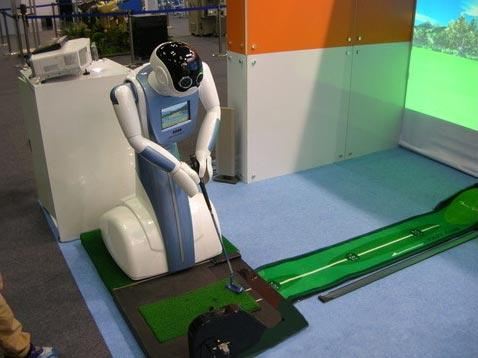 Unfortunately, although most people are not practicing putting enough, the people that do are usually wasting their time. I see good players with the best intentions in the world spending hours on the green, often working on things that really don’t matter much. Which brings me to the main point of this topic – How important is technique in putting? By technique, I am referring to what most people work on such as their swing mechanics. This makes the, train like robots, trying to make a repeatable stroke which starts the ball on-line.
Unfortunately, although most people are not practicing putting enough, the people that do are usually wasting their time. I see good players with the best intentions in the world spending hours on the green, often working on things that really don’t matter much. Which brings me to the main point of this topic – How important is technique in putting? By technique, I am referring to what most people work on such as their swing mechanics. This makes the, train like robots, trying to make a repeatable stroke which starts the ball on-line.
For me, putting can be broken down into three distinct parts
- Mechanics, or technique
- Green reading (conscious and unconscious)
- Speed control
When I see people practicing their putting, they often are doing so with a video camera, or a plane board/putting arc or lazer etc. Whilst all of these things can serve a benefit, I personally believe they have the smallest influence on the ability to hole putts.
Working on your technique disproportionately may even make you a worse putter – I will explain.
Practicing But Getting Worse
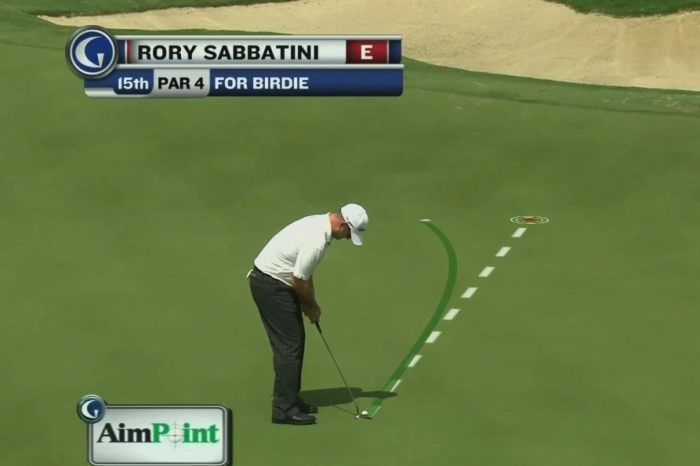 Dave Pelz identified that most putters do not read greens very well at all. In fact, on average, players under-read a break on the green by 66%. So on a 3 foot breaking putt, players were only reading a 1 foot break. What this means is
Dave Pelz identified that most putters do not read greens very well at all. In fact, on average, players under-read a break on the green by 66%. So on a 3 foot breaking putt, players were only reading a 1 foot break. What this means is
"The better your technique and hence your ability to roll the ball on your intended line is, the fewer putts you will hole"
Read that again and again. If you read a putt incorrectly, a better technique just means that you will get better at rolling the ball towards that incorrect spot. When we consider how difficult it is to actually consciously read a green, this poses us a big problem.
In the above putt, we see that the player would have to start the ball on a line which is about 4 foot to the right of the hole. Most players would never be able to consciously read that much break correctly.
Internal Focus
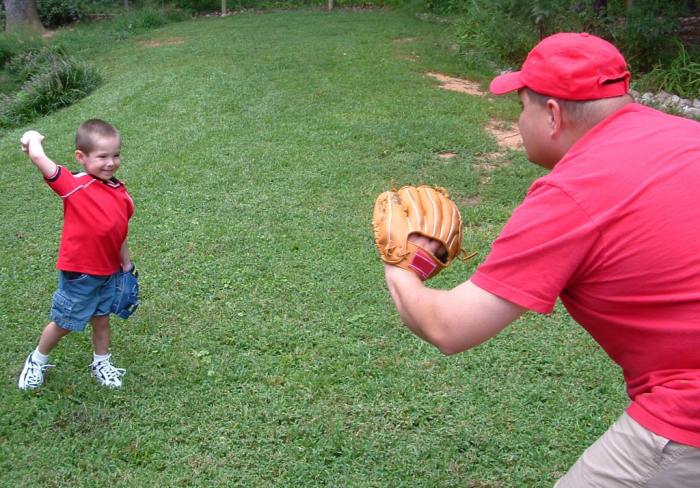 Add to this the fact that when we focus too much on internal technical thoughts, our ability to control speed is massively reduced.
Add to this the fact that when we focus too much on internal technical thoughts, our ability to control speed is massively reduced.
Speed control is maximized when our awareness is more on the target rather than our movement itself. Think about when we play a game of catch. Our ability to throw the ball the correct distance is going to be better when we are aware of where our target is rather than what our arm and wrist are doing.
When you learn to throw and play catch, your focus will be on the goal, and your body will Self Organize all the appropriate arm movements and forces needed. This mechanism is disrupted by internal attention (such as thinking about arm technique).
Now, if your speed is off, even reading a green correctly is unimportant; a ball will only take the correct line if the speed is correct for it. E.G. the faster you roll a ball, the less it will curve and vice versa, thus affecting the line.
So, great putting mechanics are useless if we cannot read a putt correctly – we just get better at starting the ball on the wrong line. Reading a putt perfectly is also useless if we roll the ball the wrong speed.
Perfect Mix
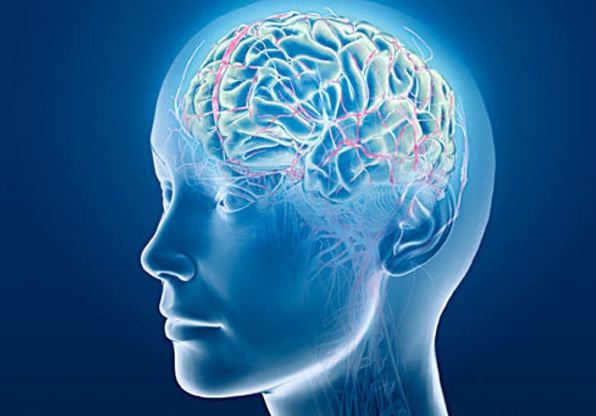 We really need a perfect blend of speed/line/read to create a holed putt. There are many options available to us – we could roll the ball slower with more break, quicker with less break, or a million options in between.
We really need a perfect blend of speed/line/read to create a holed putt. There are many options available to us – we could roll the ball slower with more break, quicker with less break, or a million options in between.
Luckily, the subconscious mind, given the right environment, can find an option with the right blend of all variables.
Our subconscious mind can make appropriate adjustments for any conscious errors we make, such as mis-reading a putt. It can also self-organize movement so that it achieves the end goal. But if you start consciously disrupting this (through an internal focus on technique), your ability to hole putts may be reduced.
Weakest Link
What is a good technique in putting? Is it
- One which is repeatable?
- One which starts the ball on the player’s intended line?
- One which is lined up square at set up and produces a square path?
While all of the above can certainly be functional, they are not necessarily going to make you a good putter. I have seen amazing putters who pull and push the ball subtly into the hole (not repeatable). I have also seen players which are repeatable but awful.
And if you start it on your intended line but the intended line is poor, you are also going to be a poor putter.
And players who aim square? Fine – but that is no guarantee you will return it there. And square to what? The wrong line?
So the question I ask when I am dealing with coaching a player is – what is their limiting factor. Is it
- Their conscious read
- Their speed control
- Their putting mechanics
- Their subconscious read
They all work together, but I have tests which can identify which of the above factors are causing the biggest issues – which then allow us to hone in on improving the correct skill.
Often, with beginners, it is all four. As I know that their speed control and green reading will usually get better as they progress and practice, I may choose to work more on basic technique to give them a headstart – although I make a point to have an external focus during play.
With better players however, their ability to start the ball on their intended line is often very good. Unfortunately, when a good player putts poorly, they start asking the question of ‘What did I do wrong in my technique?’. As they start changing their technique, their focus shifts internally and now their speed control and subconscious green reading suffer further.
Maybe the technique was never the issue in the first place.
The Power of Visualization
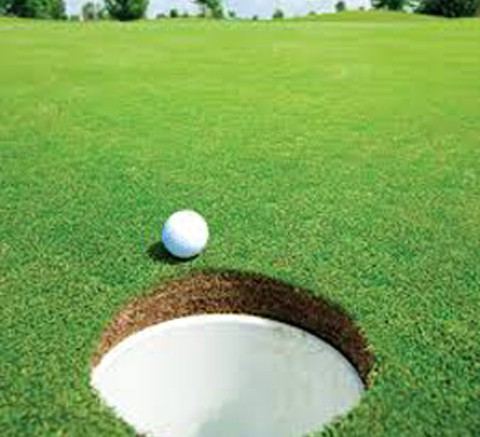 Use the power of your subconscious mind by imagining the ball going in the hole.
Use the power of your subconscious mind by imagining the ball going in the hole.
As you make your practice swings, look at the hole and imagine it dropping in. Eradicate all other thoughts, even thoughts of speed control – if you want the ball to roll faster just imagine it hitting the back of the cup. For a shaky downhiller, imagine it dropping in the front lip.
Either way, visualize it going in the hole and then stroke the ball with that image in your mind. This is more likely to get the subconscious mind to co-ordinate the speed and starting line together – vital components in holing a putt.
Wait there, isn’t this what we do automatically when we are putting well? We may hole a putt early on in a round, which fuels the belief that we can hole the next so we stand over this putt visualizing it going in the hole. This then compounds itself and we have a great round of putting.
Conversely, think about what you do when you putt poorly. You miss a putt early on, maybe missing another on the next hole. Now your thoughts go internal, trying to figure out your technique mistakes and then trying to overly control the movement. Now your speed control and subconscious control of the line is shot to pieces and your putting form takes a dive. Take control of this mechanism by choosing to visualize the ball going in the hole.
Easier Said Than Done
This is not always as easy to do in real life. We can try to visualize a bigger hole all we want, but it may not appear that way to us. Luckily, there are certain ways we can manipulate our perceptions.
Practicing hitting a tee or a coin on the ground can help us focus on a target much smaller than we normally use. Our brain is then forced to make improvements and adjustments in order to achieve the goal. When we go back to putting to a normal sized hole, our brain will also perceive the target as massive (relative to the tee/coin).
If you want to go real deep and have these experiences more often, there are ways of manipulating the reticular activating system of the brain which helps us to improve our subconscious reading, speed control and starting lines. The latest research in psychology is proving this.
I discuss training methods to improve your putting and your entire game in my book “The Practice Manual”, available from amazon.
Strike It Like A Pro.
Get ready to take your game to the next level, with the most comprehensive guide to striking the golf ball better.

